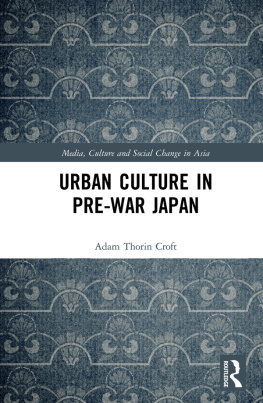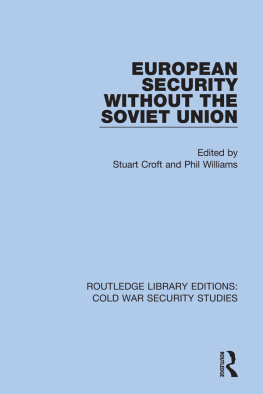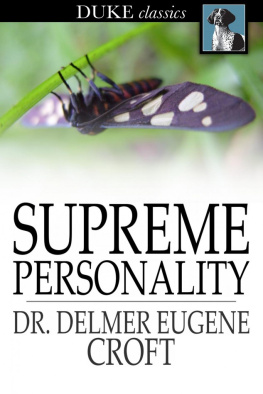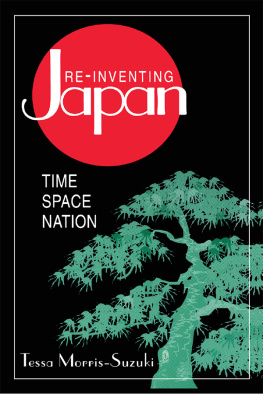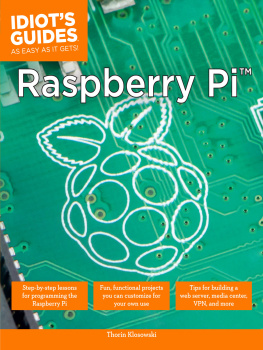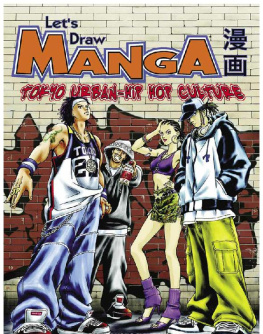Urban Culture in Pre-war Japan
Politically the 1910s and 1920s were dark days for Japan: economic instability, frequent political assassinations, and increasing violent military interventions at home and overseas affected many. This book explores the literature of the period, showing how it contributed to this overall mood. It focuses on the Tatsukawa Library, an unusual collection of military chronicles based on traditions of popular storytelling found in the yose a network of small theatrical venues that provided the masses living and working in Japans major cities with affordable entertainment. Capitalising on local advances in Western-style printing, the series facilitated a new wave of literature that appealed especially to young, marginalised, economically-insecure urban youths. This book discusses how the narrative content of the Tatsukawa Library, which focuses on historical samurai struggling valiantly against adverse circumstances, helped inspire a generation with admiration for violence. This work also examines how this outlook fitted with the Japanese states reintroduction of imperial propaganda.
Adam Thorin Croft is an Honorary Lecturer in the School of Culture, History and Language in the College of Asia and the Pacific at the Australian National University, Canberra.
Media, Culture and Social Change in Asia
Series Editor:
Stephanie Hemelryk Donald
Editorial Board:
Gregory N. Evon, University of New South Wales
Devleena Ghosh, University of Technology, Sydney
Peter Horsfield, RMIT University, Melbourne
Chris Hudson, RMIT University, Melbourne
Michael Keane, Curtin University
Tania Lewis, RMIT University, Melbourne
Vera Mackie, University of Wollongong
Kama Maclean, University of New South Wales
Laikwan Pang, Chinese University of Hong Kong
Gary Rawnsley, Aberystwyth University
Ming-yeh Rawnsley, School of Oriental and African Studies, University of London
Jo Tacchi, Lancaster University
Adrian Vickers, University of Sydney
Jing Wang, MIT
Ying Zhu, City University of New York
The aim of this series is to publish original, high-quality work by both new and established scholars in the West and the East, on all aspects of media, culture and social change in Asia.
Russian Nationalism
Imaginaries, doctrines, and political battlefields
Marlene Laruelle
Digital Chinas Informal Circuits
Platforms, labour and governance
Elaine Jing Zhao
The Early Transnational Chinese Film Industry, 18971937
Yongchun Fu
Urban Culture in Pre-war Japan
Adam Thorin Croft
For a full list of available titles please visit: www.routledge.com/Media-Culture-and-Social-Change-in-Asia-Series/book-series/SE0797
First published 2019
by Routledge
2 Park Square, Milton Park, Abingdon, Oxon OX14 4RN
and by Routledge
52 Vanderbilt Avenue, New York, NY 10017
Routledge is an imprint of the Taylor & Francis Group, an informa business
2019 Adam Thorin Croft
The right of Adam Thorin Croft to be identified as author of this work has been asserted by him in accordance with sections 77 and 78 of the Copyright, Designs and Patents Act 1988.
All rights reserved. No part of this book may be reprinted or reproduced or utilised in any form or by any electronic, mechanical, or other means, now known or hereafter invented, including photocopying and recording, or in any information storage or retrieval system, without permission in writing from the publishers.
Trademark notice: Product or corporate names may be trademarks or registered trademarks, and are used only for identification and explanation without intent to infringe.
British Library Cataloguing-in-Publication Data
A catalogue record for this book is available from the British Library
Library of Congress Cataloging-in-Publication Data
A catalog record for this book has been requested
ISBN: 978-1-138-39201-4 (hbk)
ISBN: 978-0-429-42241-6 (ebk)
Typeset in Times New Roman
by Apex CoVantage, LLC
For family, past and present.
Like most endeavours in life, the production of this manuscript has benefited from the input of others. Accordingly, my deepest appreciation goes to Professor Tessa Morris-Suzuki, Professor Narangoa Li, and Dr Tomoko Akami at the Australian National University for their counsel, encouragement, and patience during the various embryonic stages of this work.
Thanks also to Professor Yoshimi Shunya at the University of Tokyo for allowing me to attend his seminar series at the Graduate School of Interdisciplinary Information Studies. Special thanks to Jeong HoSeok for tackling all the paperwork involved in arranging the exchange and for making me feel welcome at Honbu. I would also like to acknowledge Toyoda Rumi, a volunteer at Tokyo Universitys International Centre, for helping me to improve my Japanese. Thanks also to her husband Toyoda Takehisa for taking me to see my first performance of kdan . Through the Toyodas I was fortunate enough to meet the classical orator Ichi-rysai Teiya; her insights into the contemporary world of performers working with forms of vocal literature in Japan have been invaluable to me.
I am particularly grateful to Dr Francis Wood (former Head of the Chinese Section) and Hamish Todd (Lead Curator of the Japanese and Korean Section) at the British Library for their positive interest and supply of relevant research materials; it is always useful to have comparative sets of data to hand.
Special thanks to Molly des Jardin (Japanese Studies Librarian) and Michael P. Williams (Library Specialist: Japanese and Korean Collections) at the University of Pennsylvania for digitising materials and keeping me updated on reproductions of the Bunmeid catalogue. You truly are champions of popular culture.
I am equally thankful for the generous spirit in which Japanese archivists gave of themselves, in particular, Yamaguchi Misako (Assistant Curator at the Tokyo Printing Museum); Sugita Yko (Curator) and Tamada Katsuhiro (Section Curator) at the Himeji City Museum of Literature; Watanabe Tomoko (Research Reference Room Librarian) at the Kyoto International Manga Museum; and Ito Yu (Research Assistant) at the Kyoto Seika University International Manga Research Centre, and a little closer to home Shinozaki Mayumi at the Australian National Library. Equal appreciation goes to Maxine MacArthur, who took time to offer me some sage advice on editing.
I could not have completed this journey without the friendship of Professor Jack Corbett (Southampton University), Dr Antje Lubke (University of Otago), and Dr Dario Di Rosa (ANU). Sharing offices with each of you helped me to develop my own voice and sense of critical thinking. I hope that our exchanges were as rewarding for you as they were for me.
Similarly, thanks to Takahashi Shinosuke (Kobe University), who helped me navigate my first academic articles in Japanese. Accordingly, all translations are mine, unless otherwise indicated.
Lastly, thanks to Adam and Vanda Norenberg for letting me occupy their spare room, where I now type these words.
Adam Thorin Croft
27 September 2018, Sydney
In this work I explore fictional accounts of heroic figures that were popular in pre-war Japan. I refer to the historical and legendary samurai of old, who, as a class of elites, had dominated the political landscape of the archipelago for centuries until the forced opening of the country to international trade in the 1850s. With the emergence of the new nation state came new technologies that helped the Japanese to examine and, on occasion, reimagine their past. Here, mass media was key.

